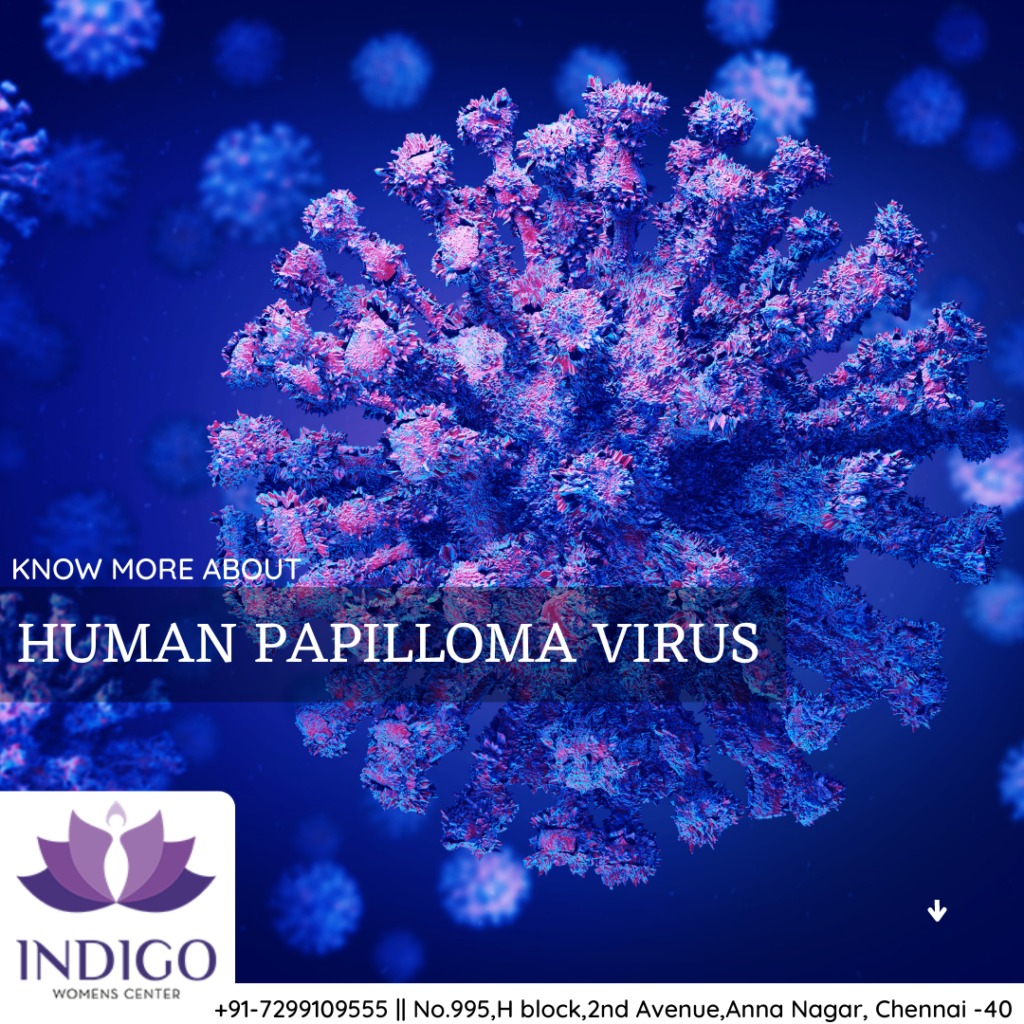The human papillomavirus (HPV) is a non-enveloped, double-stranded, circular DNA virus that is
responsible for causing multiple epithelial lesions and cancers. It can manifest as cutaneous and
anogenital warts, which depending on the subtype, may progress to carcinoma. This activity reviews the
evaluation and management of human papillomavirus infection and explains the role of the
interprofessional team in improving care for patients with this condition.
There are more than 100 subtypes of HPV. Individuals with persistent HPV infection and those
who have multiple sexual partners are at very high risk for acquiring more HPV subtypes. The current
classification of HPV infection is as follows:
• Non-genital (Cutaneous)
• Mucosal or anogenital
• Epidermodysplasia verruciformis (EV).
Risk factors:
• Sexual activity, age of first sexual intercourse, and number of sexual partners
• Smoking
• Use of oral contraceptives (more than 5 years)
• Chewing betel nut
• Exposure to radiation and UV light.
Histopathology:
The wart histology may reveal hyperkeratosis, papillomatosis, and parakeratosis. The long rete
ridges usually point to the wart center, and the capillaries are often thrombosed.
Examination:
Cutaneous warts (verruca vulgaris, verruca plantaris): Examine hands and feet thoroughly, including
between digits and the underside of the toes.
Anogenital warts (condyloma acuminatum): Examine the anogenital region. Patients may
additionally require a speculum examination of the vaginal walls and/or anus. Men may require an
examination of the urethra, depending on signs and symptoms. Depending on the history of sexual
practices, an oropharyngeal examination may be prudent.
Cervical dysplasia (squamous and glandular): Perform a speculum examination of the cervix.
Depending on the patient’s age and Pap smear history, an initial or repeat Pap smear may

What Lifestyle Changes Can Improve Fertility?




